Knowledge
The Ultimate Guide to Industrial Fiber Optic Solutions in 2025
Industrial fiber optic solutions in 2025: selection, installation, and maintenance tips for reliable, high-performance networks in harsh environments.
Emergency Repair Kit Essentials for Fast Fiber Optic Fixes
Emergency repair kit essentials ensure fast fiber optic fixes. Find out which tools and supplies minimize downtime and restore network service quickly.
What Is a Fiber Identifier Used For?
A fiber identifier is used to detect live fibers, verify signal direction, and trace cables non-intrusively, ensuring safe and efficient fiber optic maintenance.
Outdoor Fiber Optic Joint Protection 2025
Outdoor fiber joint protection prevents outages, saves money, and ensures reliable network performance in any weather for everyone.
The Complete Guide to Fiber Optic Cable Management
Fiber Optic Solutions for cable management: ensure reliable, organized networks with best practices, digital tools, and physical accessories for growth.
Fiber Optic Cable Duct Pulling Techniques 2025
Cable duct pulling techniques for 2025: Improve fiber optic installation safety, reduce friction, and lower costs with advanced tools and best practices.
Fiber Optic Cable Tensile Strength Testing
Tensile strength testing ensures fiber optic cables withstand installation stress, preventing damage and maintaining reliable network performance.
Fiber Splice Closure Types and Uses 2025
Fiber splice closure types—dome, horizontal, modular—offer protection and scalability for FTTH, metro, and backbone networks in 2025.
Fiber Optic Cable Crush Protection Solutions and Tips 2025
Fiber crush protection keeps fiber optic cables safe from damage, costly repairs, and signal loss. Find solutions and tips for reliable cable safety.
Best Tools and Methods for Live Fiber Identification in 2025
Find the best fiber identifier tools and methods for live fiber optic identification in 2025, ensuring safe, non-intrusive detection and network reliability.
Fiber Optic Bend Radius Standards 2025
Follow 2025 fiber optic bend radius standards: 20x cable diameter during installation, 10x after, to prevent signal loss and cable damage.
Fiber Testing Standards 2025 Guide for IEC and TIA Compliance
Stay compliant in 2025 with updated fiber testing standards for IEC and TIA. Learn key procedures, documentation tips, and legal requirements for your network.

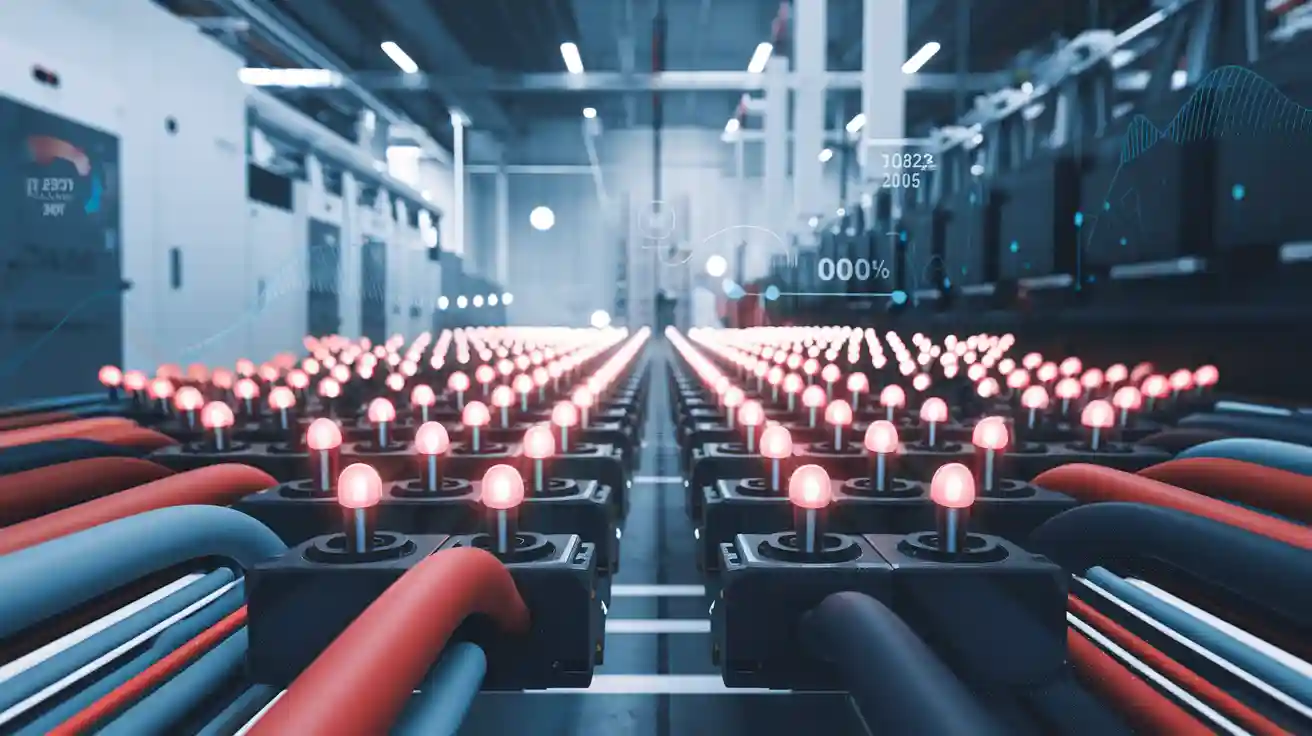

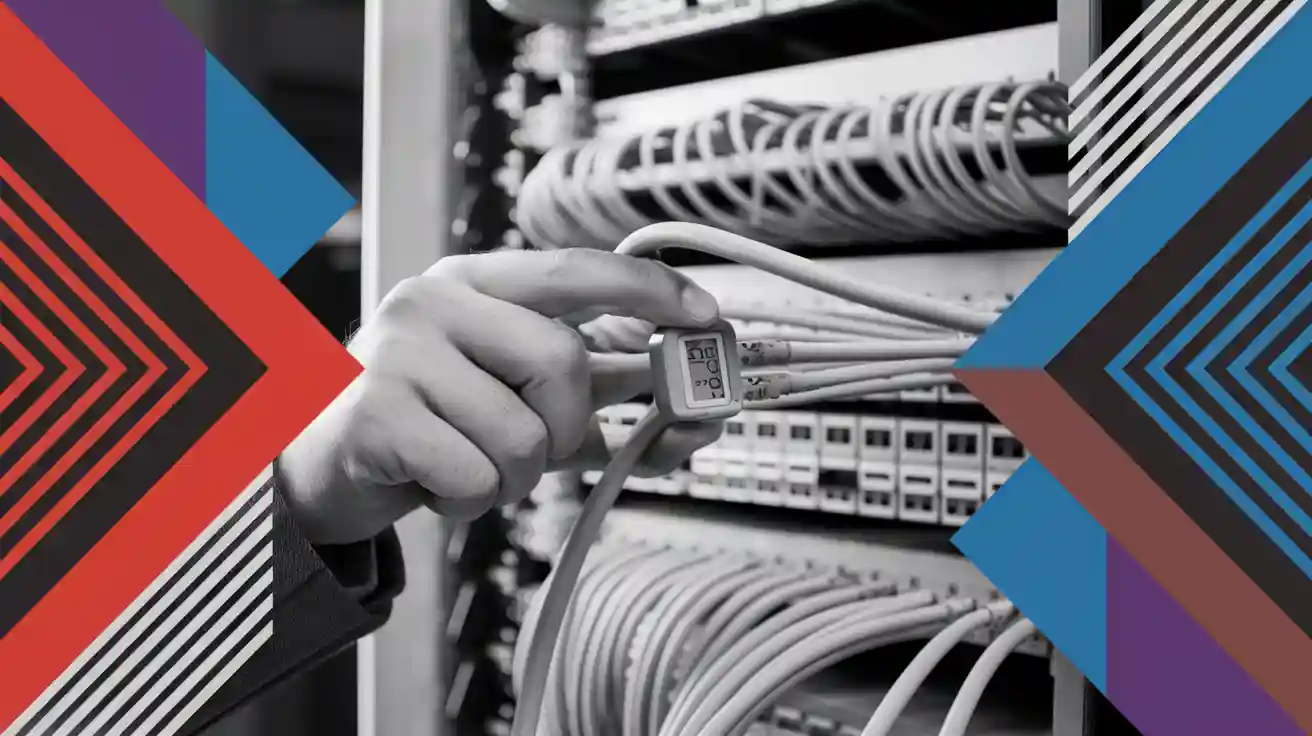
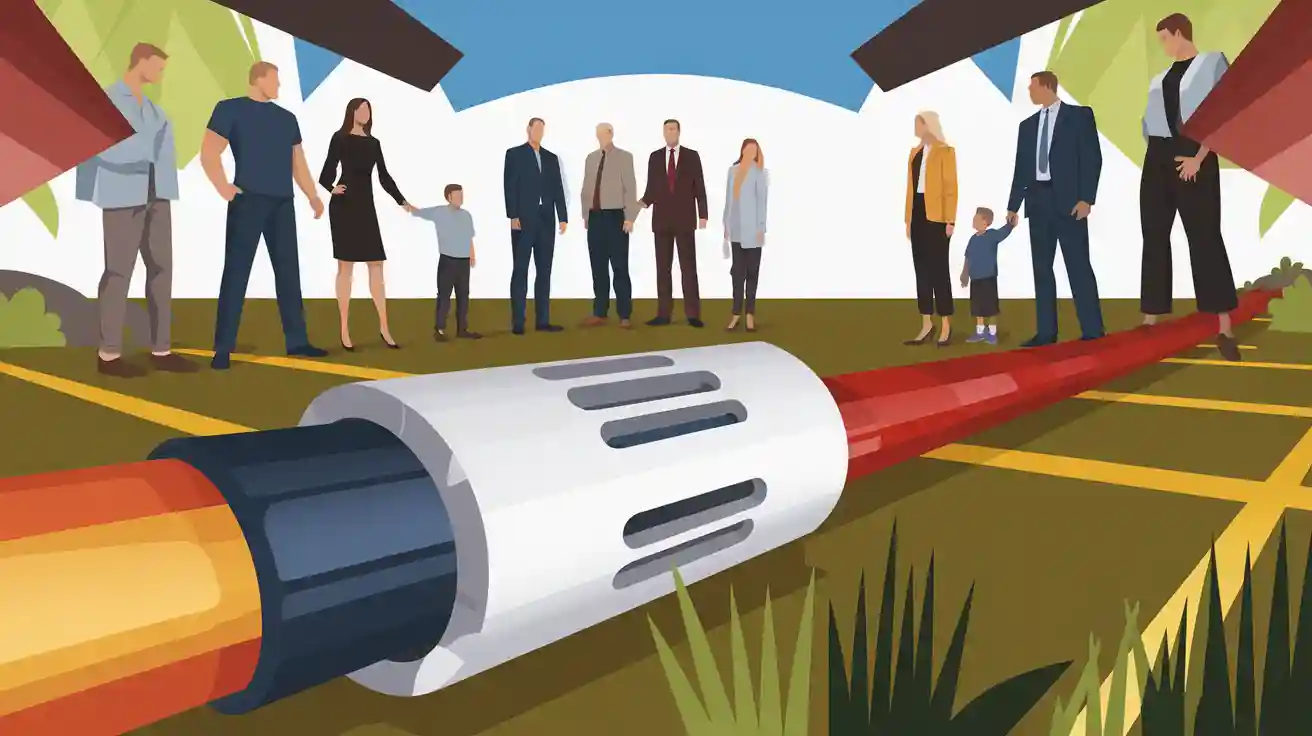
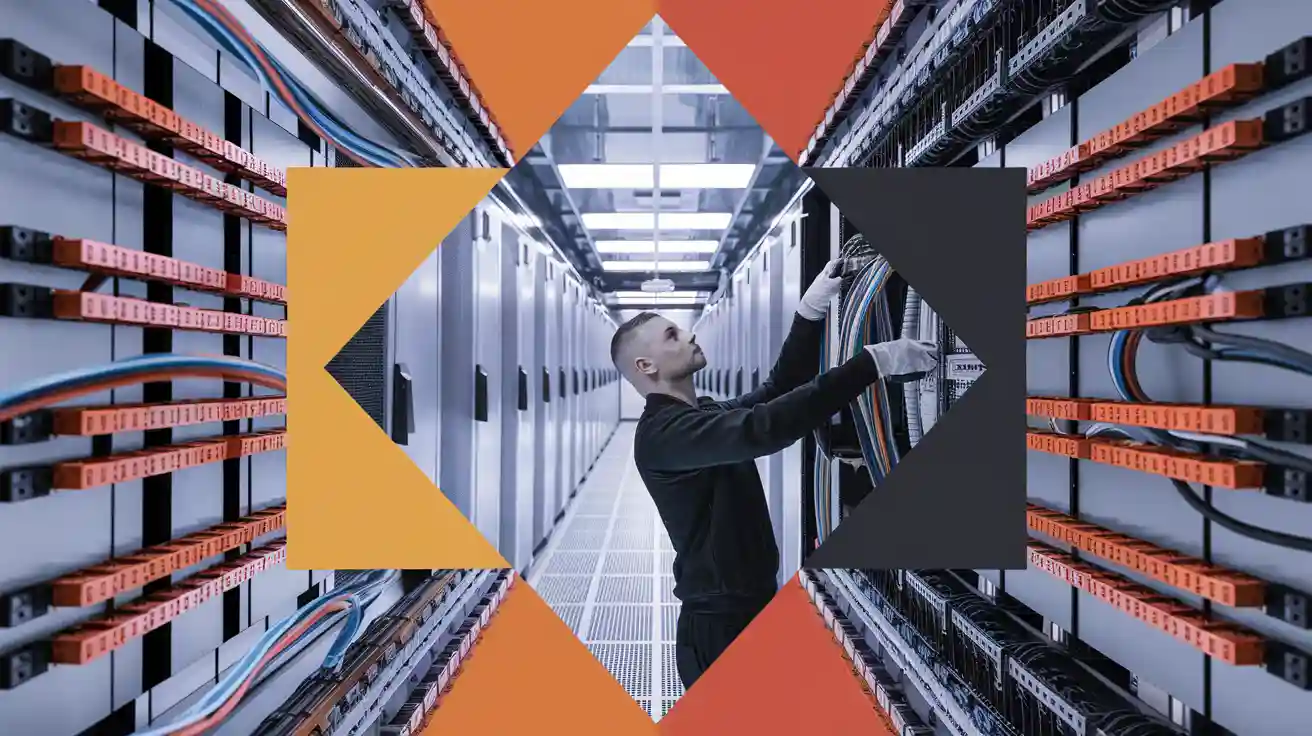
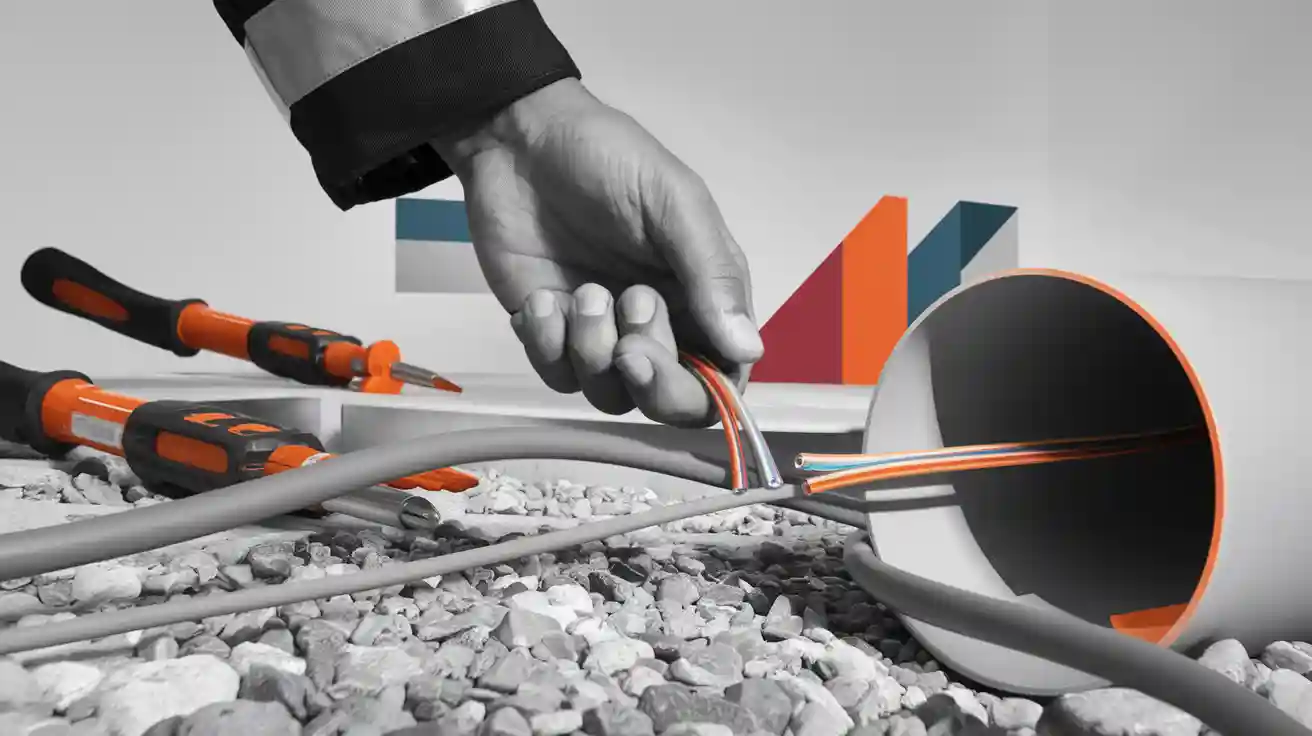
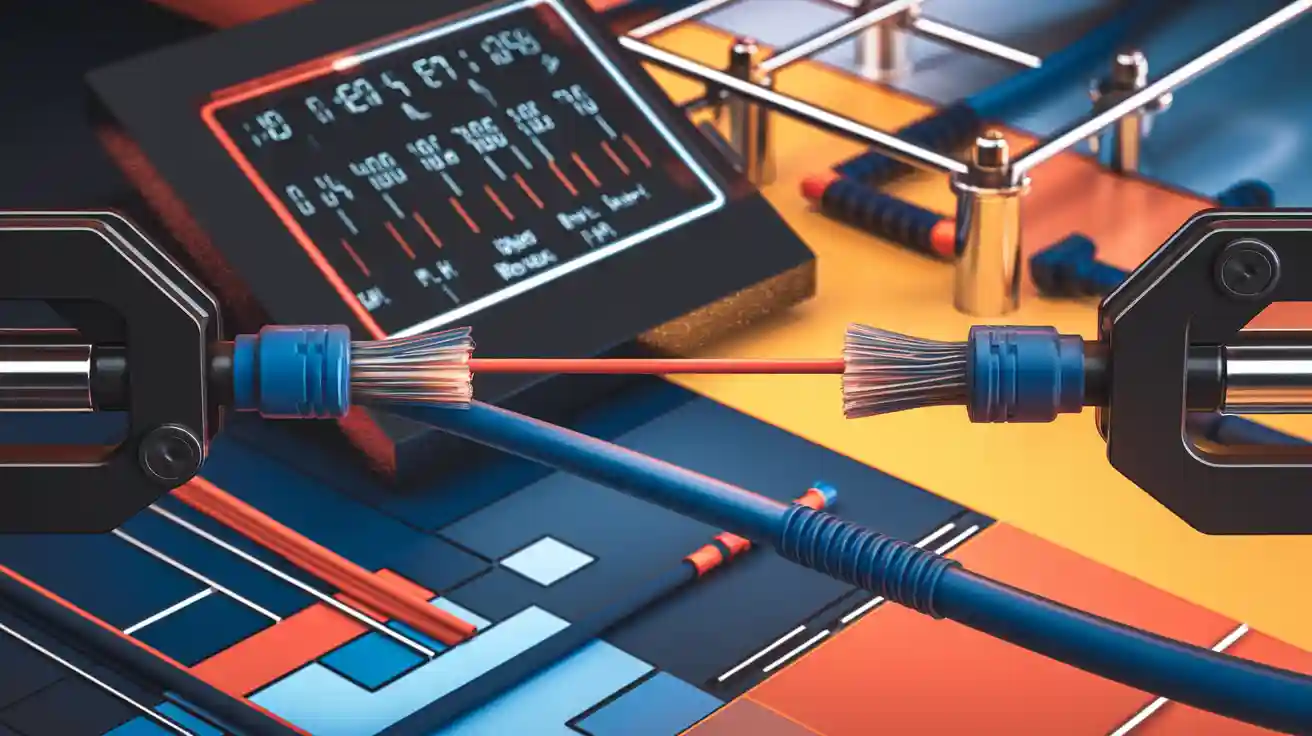
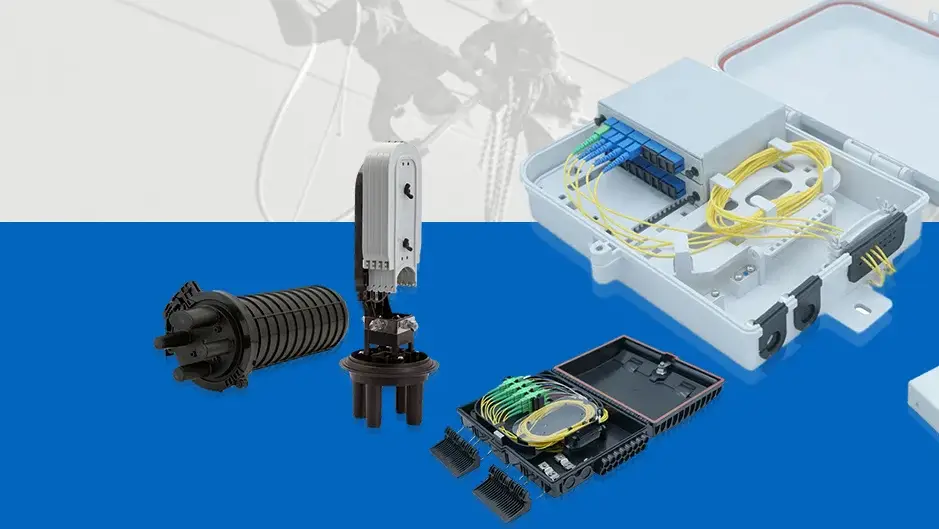

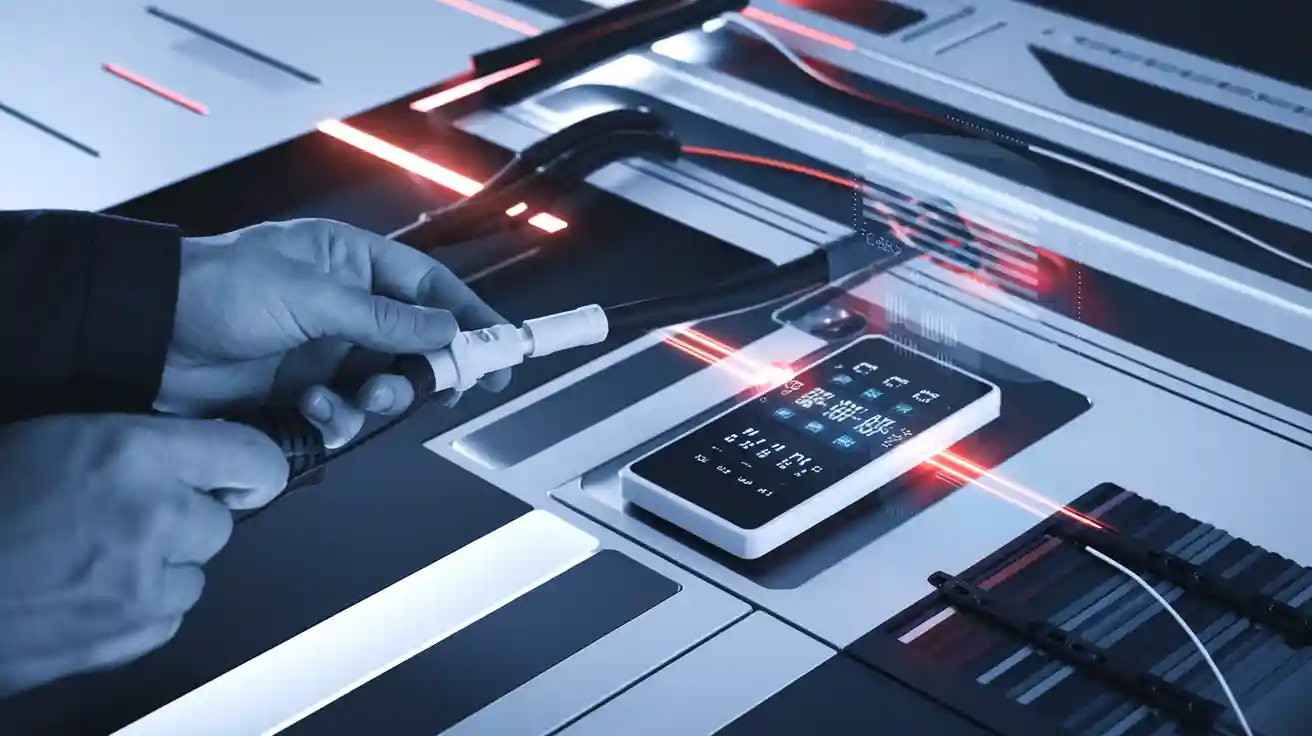
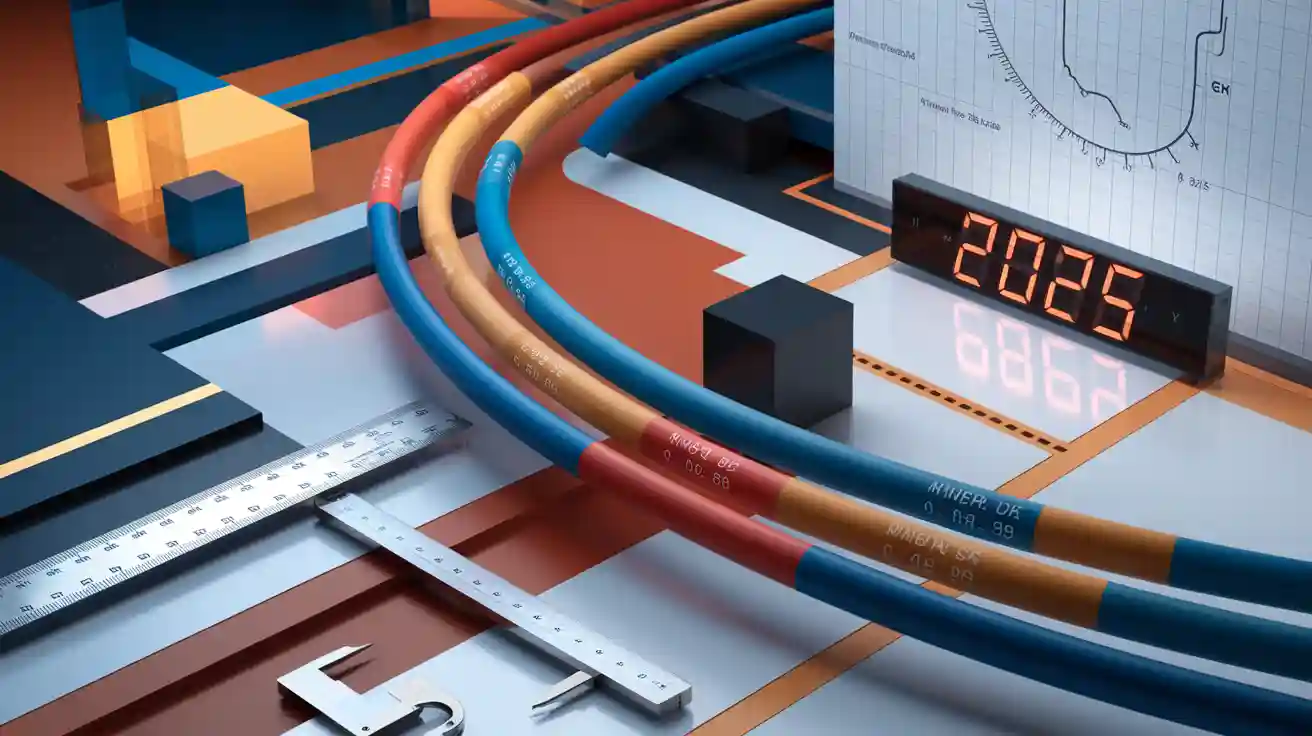
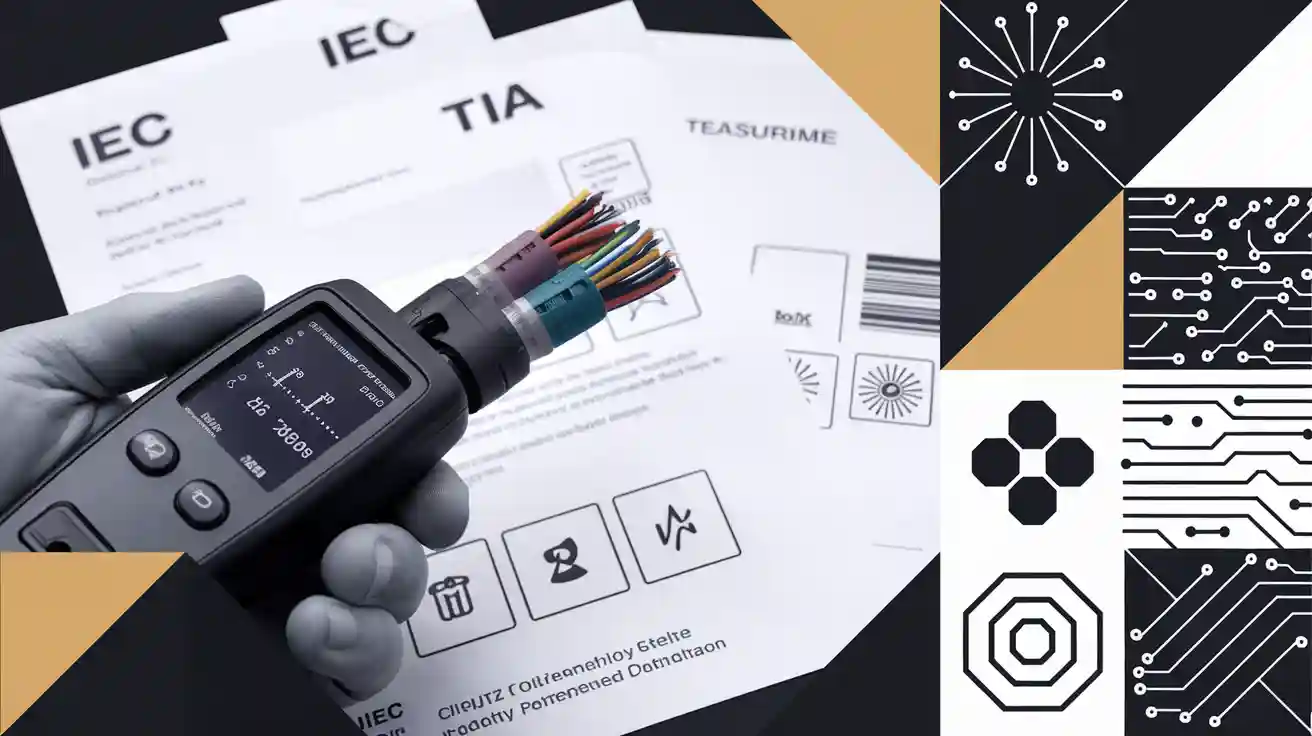
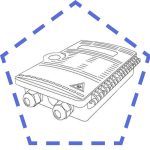 Fiber Optic Termination Boxes
Fiber Optic Termination Boxes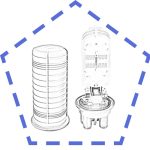 Fiber Optic Splice Enclosures
Fiber Optic Splice Enclosures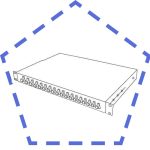 Fiber Patch Panels
Fiber Patch Panels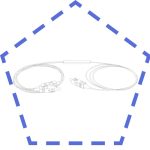 PLC Splitters
PLC Splitters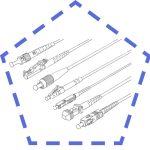 Fiber Optic Pigtails
Fiber Optic Pigtails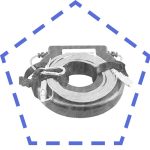 OTDR Launch Cables
OTDR Launch Cables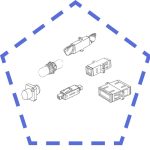 Fiber Optic Adapters
Fiber Optic Adapters Fiber Optic Patch Cords
Fiber Optic Patch Cords